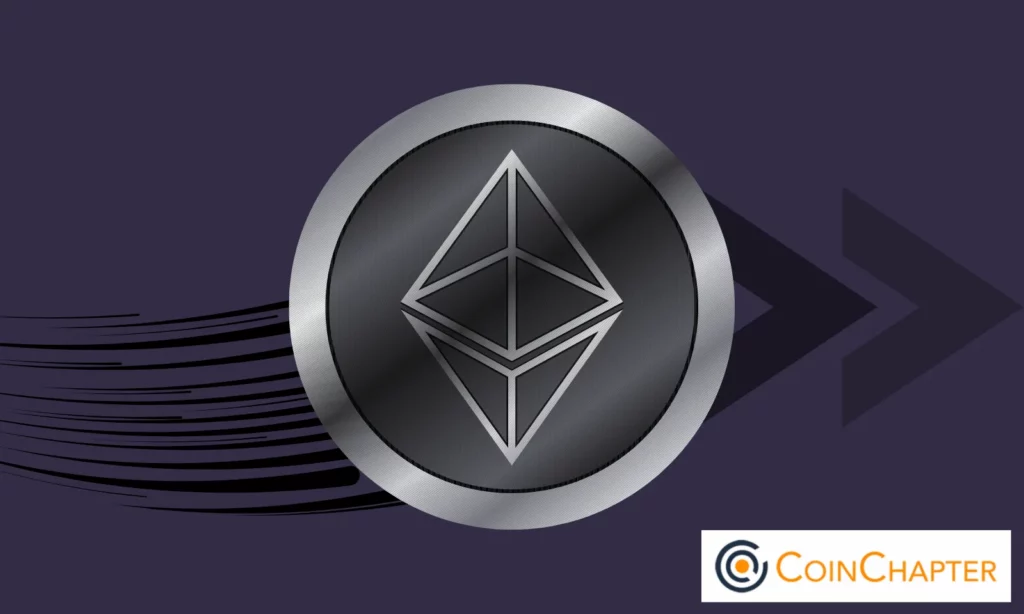NAIROBI (CoinChapter.com)—Transaction time has been a point of contention for many Ethereum users. In light of this, Ethereum co-founder Vitalik Buterin proposed a new transaction mechanism for the Ethereum network that aims to reduce confirmation times.
In a blog post on June 30, Buterin suggested transitioning from the current epoch-and-slot mechanism to a single-slot finality (SSF) system, highlighting both benefits and challenges.
Buterin emphasized the improvements brought by the Ethereum Merge, which transitioned the network from proof-of-work to proof-of-stake in 2022. The shift reduced layer-1 (L1) transaction confirmation times to 5-20 seconds. Buterin compared this performance to credit card transaction speeds and proposed further optimizations to enhance user experience.
“There is value in improving user experience further, and there are some applications that outright require latencies on the order of hundreds of milliseconds or even less,”
Buterin wrote in the blog
The Ethereum founder had recently shared ideas to overhaul Ethereum’s gas fees.
Buterin’s SSF To Revolutionize Ethereum Performance?
Currently, Ethereum’s slot-and-epoch mechanism dictates the validation process. A slot, which lasts 12 seconds, allows a randomly chosen validator to propose a block. Moreover, 32 slots form an epoch, during which a committee of validators completes the validation process. The system ensures finality, guaranteeing that a block cannot be altered without burning 33% of the total staked Ether.

Buterin recognized the complexities of Ethereum’s current slot-and-epoch system, highlighting its susceptibility to bugs and the lengthy finality time of 12.8 minutes.
To address these issues, the Ethereum founder proposed transitioning to a single-slot finality (SSF) system, similar to the Tendermint consensus mechanism but with an added inactivity leak feature to ensure chain continuity if validators go offline.

The Tendermint consensus mechanism is a Byzantine Fault Tolerant (BFT) protocol that ensures network agreement through voting rounds. This enables secure and consistent blockchain state updates even with up to one-third of malicious or faulty nodes.
SSF Not Without Its Challenges
However, Buterin pointed out potential challenges with the SSF approach. He explained that every Ethereum staker would need to publish two messages every 12 seconds, increasing network congestion.
Buterin concluded that while SSF presents promising improvements, Ethereum is still exploring various methods to optimize transaction speeds. Moreover, the Ethereum founder noted that having more options enhances user experience on both L1 and L2, while also making the development process easier for L2 developers.
By introducing SSF, Buterin aims to make Ethereum’s transaction confirmation process more efficient, potentially revolutionizing the network’s performance and user experience. However, further exploration and testing are necessary to ensure a seamless implementation.
The post Vitalik Buterin Proposes Faster Transaction Mechanism For Ethereum appeared first on CoinChapter.



